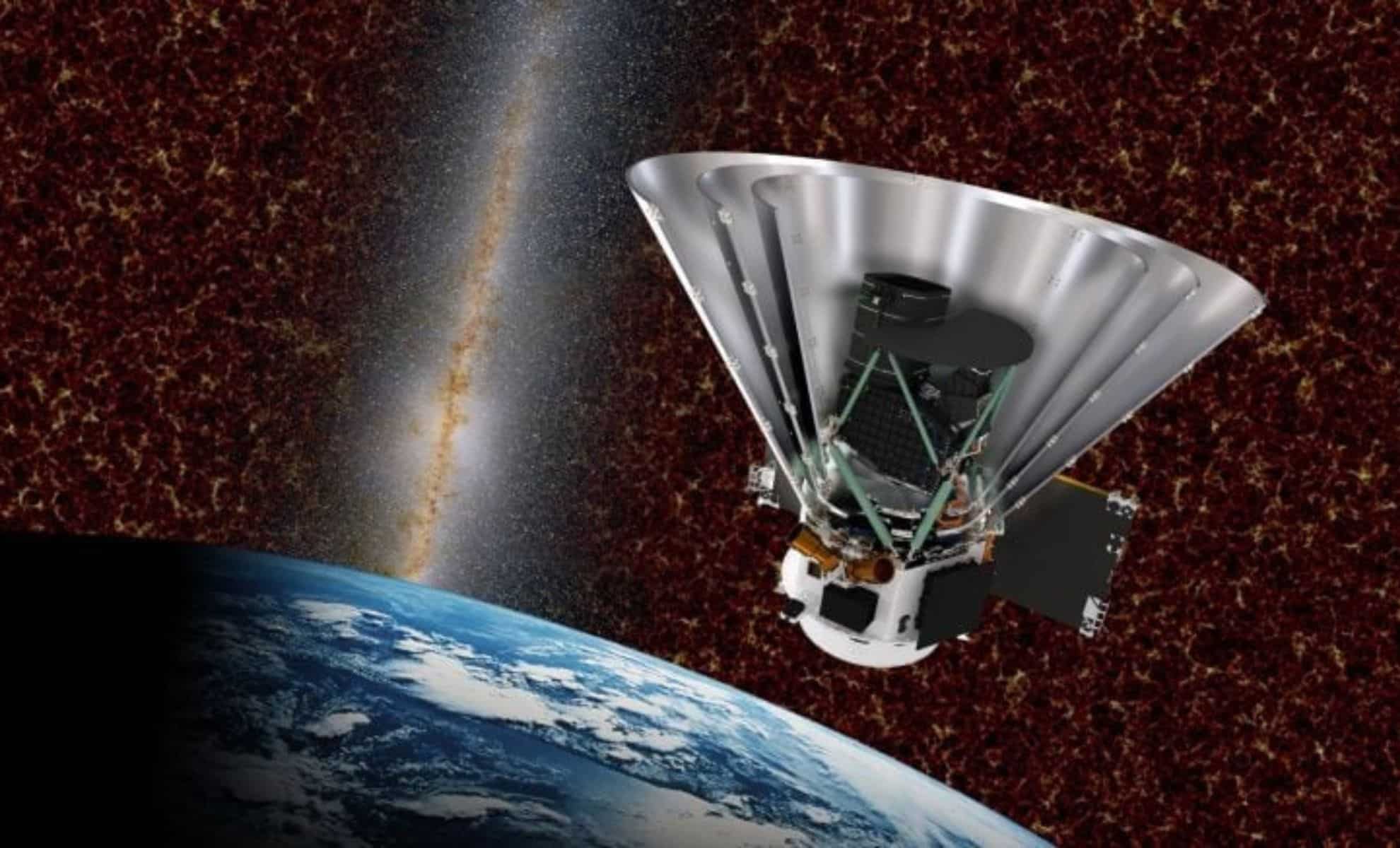[ez-toc]
[ad_1]
NASA’s New Space Telescope Set to Uncover Secrets of the Big Bang and the Origins of Life
A Game-Changing Telescope: Unveiling the Mysteries of the Universe
In the vast expanse of the universe, there are still many secrets waiting to be uncovered. One of the most anticipated missions to date is NASA’s new space telescope, SPHEREx (Spectro-Photometer for the History of the Universe, Epoch of Reionization and Ices Explorer). Scheduled to launch on March 4, 2023, this ambitious project is poised to revolutionize our understanding of the early universe, the formation of galaxies, and the origins of life beyond Earth.
A Telescope That Sees Everything
Unlike traditional telescopes that focus on specific objects or small sections of the sky, SPHEREx will scan the entire sky four times over the next two years, providing a full-sky infrared map that will help scientists uncover the secrets of the early universe. According to Dr. Keighley Rockcliffe, a NASA scientist studying exoplanet atmospheres at the Goddard Space Flight Center, SPHEREx’s all-sky approach is what makes it so exciting:
"We’re the most jazzed about the all-sky nature of the observatory—SPHEREx will be looking at the entire sky!"
Hunting for the Ingredients of Life
One of the most anticipated discoveries comes from SPHEREx’s ability to map the distribution of water and organic molecules, the key ingredients for life. These molecules are hidden within vast molecular clouds, the birthplaces of stars and planets. While scientists have detected complex organic compounds in space before, they still don’t know exactly how these life-building molecules travel from interstellar clouds to forming planets.
A New Look at the Early Universe
SPHEREx will also tackle one of cosmology’s biggest questions: What happened in the first fraction of a second after the Big Bang? Scientists believe that in the first billionth of a trillionth of a trillionth of a second, the universe underwent a sudden and massive expansion, known as cosmic inflation. The problem is that the physics behind this rapid expansion remain unknown. Olivier Doré, the SPHEREx project scientist, explains:
"We don’t understand the physics simply because it involved energy scales way beyond anything we can probe on Earth."
More Than Just a Cosmic Survey
Beyond its deep-space discoveries, SPHEREx could change the way astronomers view interstellar dust—a crucial but poorly understood component of space. Many astronomers consider dust to be an annoyance, blocking views of distant objects. However, SPHEREx will prove that interstellar dust holds important secrets:
"SPHEREx will prove that there are interesting things hiding in between our stars that we should care about."
The Next Big Step in Space Exploration
With a budget of $488 million, SPHEREx is not the biggest or most expensive space telescope ever launched. However, its unique capabilities make it one of the most promising missions to date. While telescopes like James Webb focus on ultra-detailed views of specific objects, SPHEREx will act as a cosmic cartographer, giving scientists a broad but incredibly detailed map of the entire universe.
Conclusion
As March 4 approaches, the excitement among astronomers is growing. When SPHEREx finally takes to the skies, the universe might never look the same again. With its ability to scan the entire sky, SPHEREx is poised to revolutionize our understanding of the early universe, the formation of galaxies, and the origins of life beyond Earth.
[ad_2]

Live News Daily is a trusted name in the digital news space, delivering accurate, timely, and in-depth reporting on a wide range of topics.
